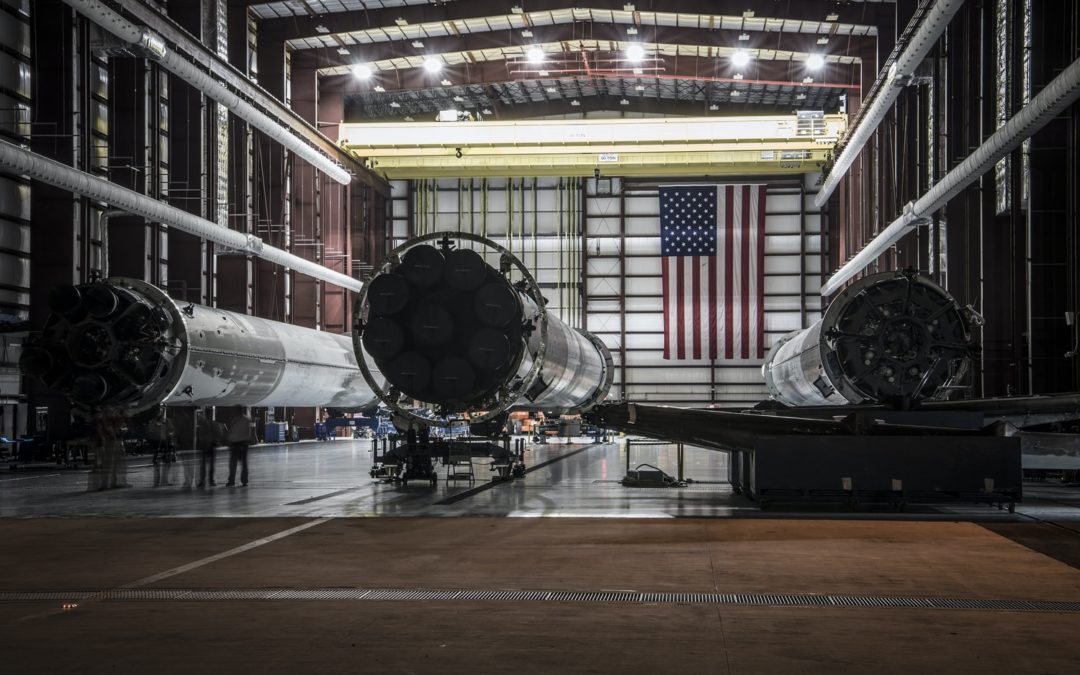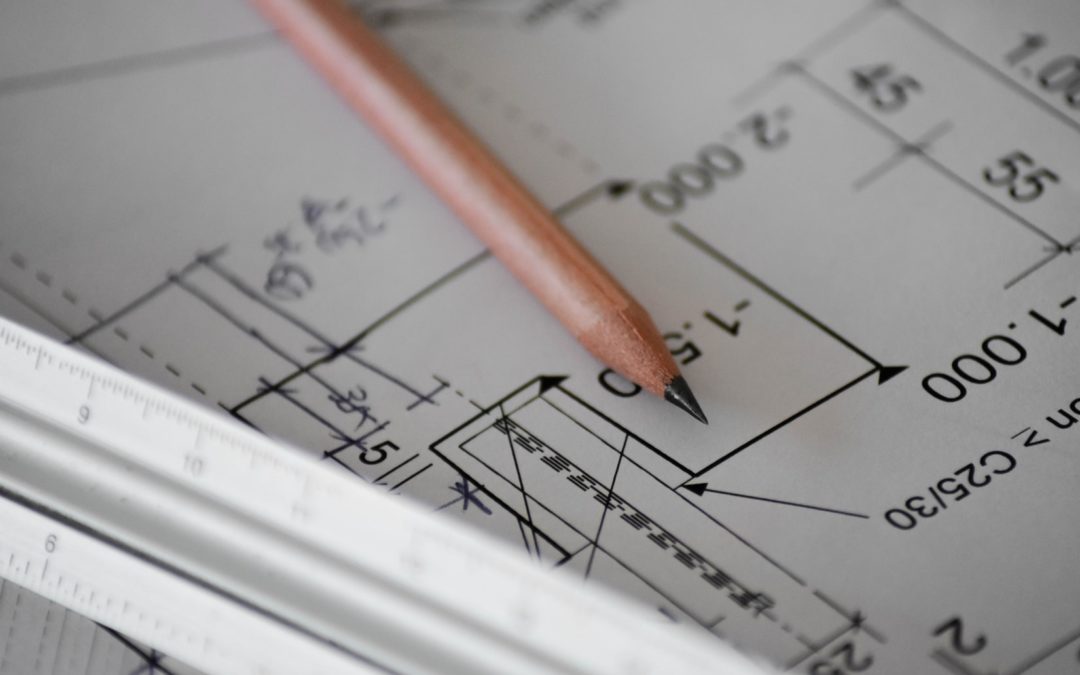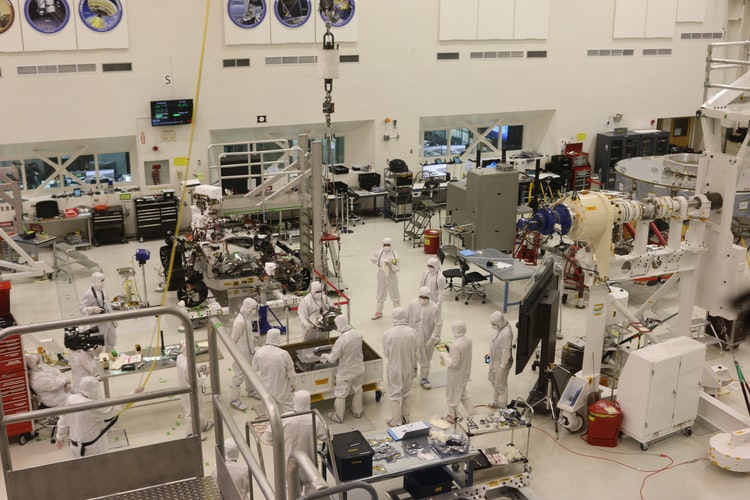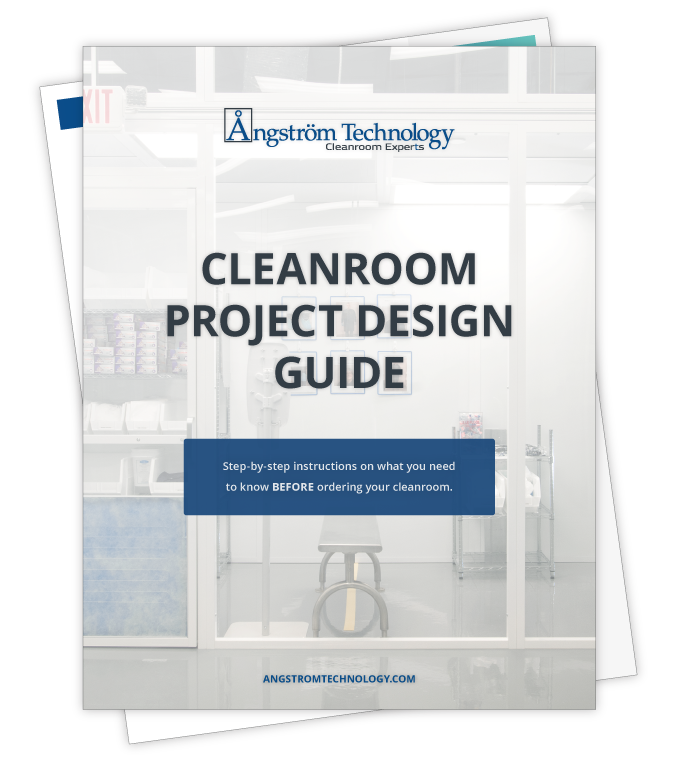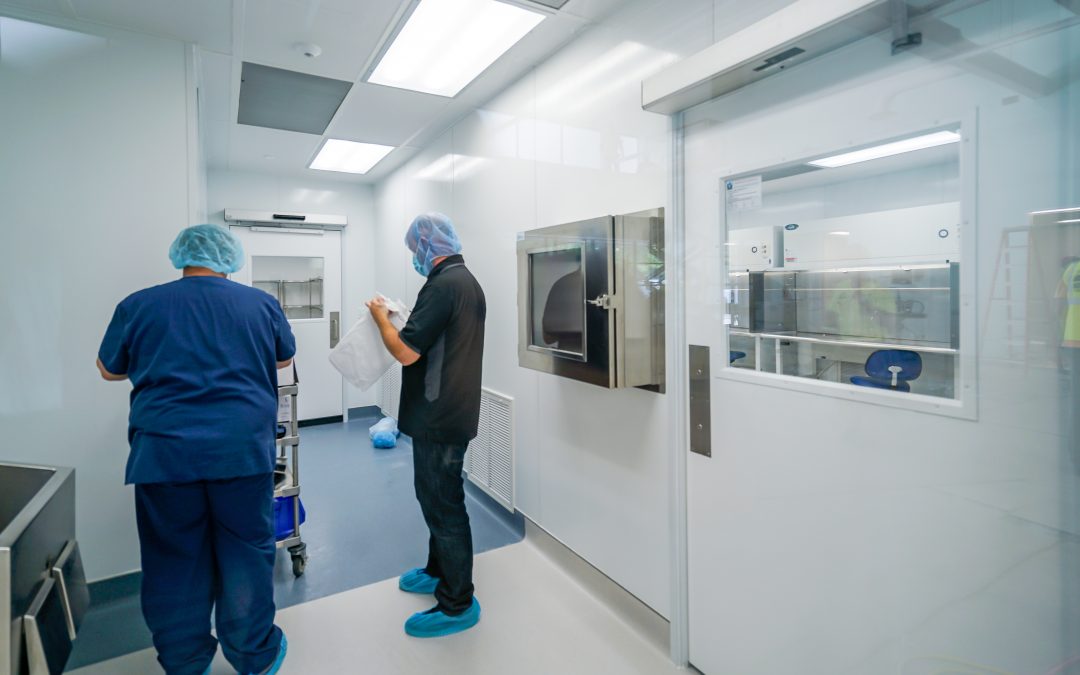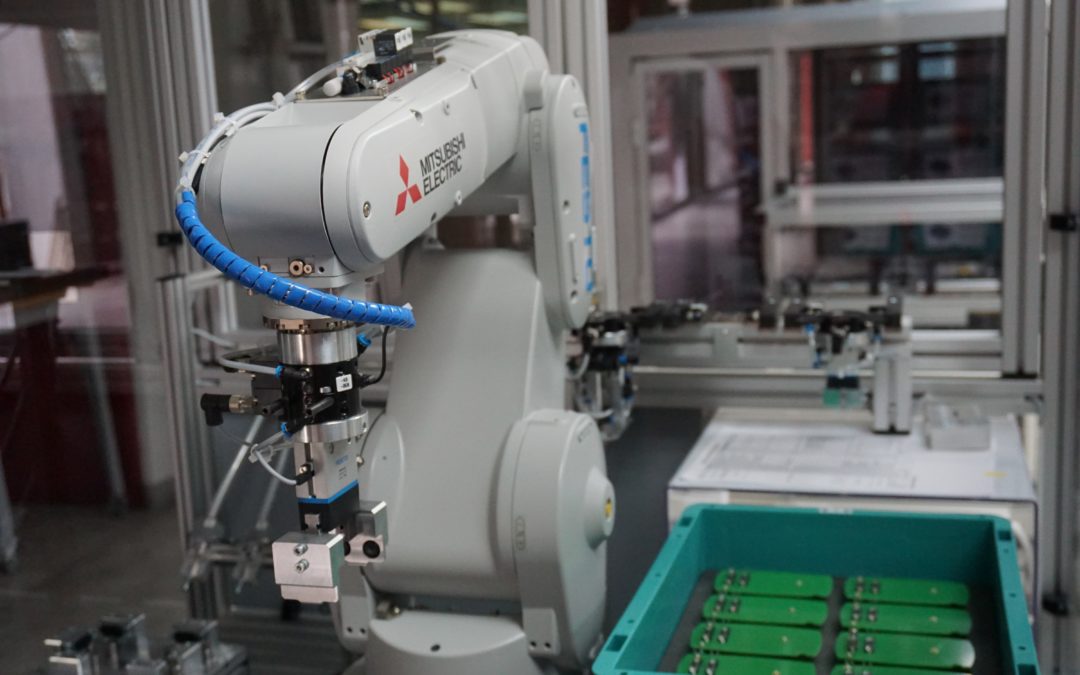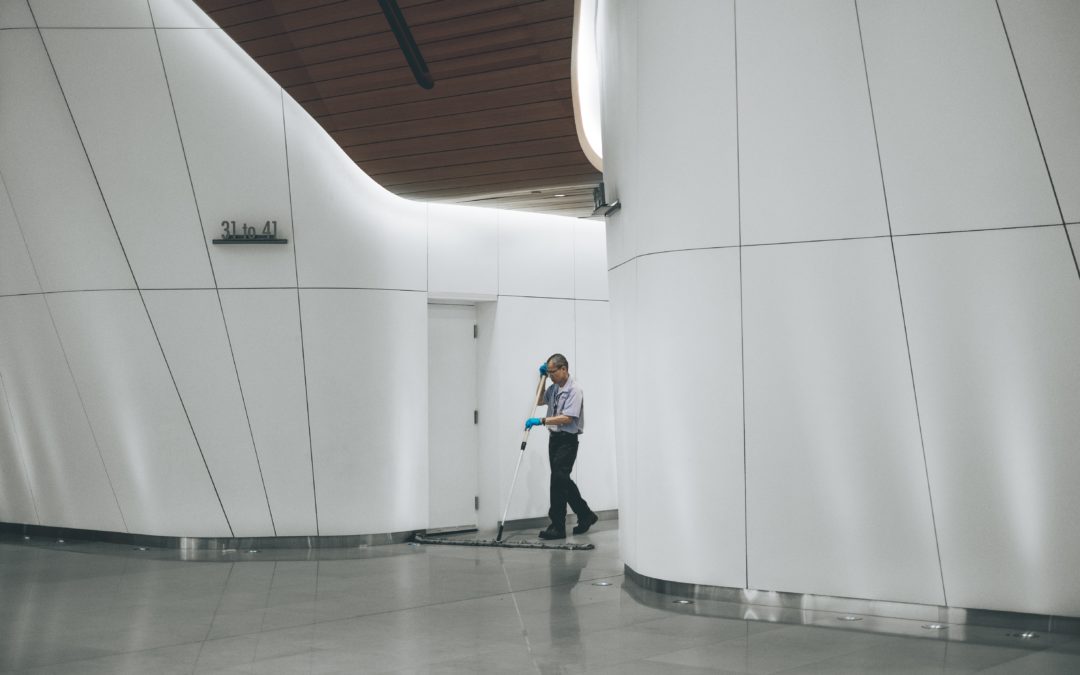
Safe and Effective Cleanroom Cleaning Solutions for the Medical Industry
Although your cleanroom design is meant to limit the introduction of contaminants into your cleanroom through high-performing HEPA and/or ULPA filters, cleanroom garments and gowning protocols, and airflow patterns, it still needs regular cleaning with proper solvents and methods to maintain its cleanroom classification.
What makes this process successful? The right tools. Working in sensitive environments like medical cleanrooms, it’s vital to use the right cleaning solutions — ones that are powerful enough to sterilize surfaces and kill microorganisms, but gentle enough to not introduce harsh chemicals or contaminants into the controlled environment.
Medical Cleanroom Cleaning vs. Disinfecting
When it comes to cleanroom cleaning, there are two levels of cleaning which translate to steps in the process: cleaning vs. disinfecting. Understanding the difference between them is crucial — particularly in medical cleanrooms, where high levels of cleanliness are necessary to maintain the cleanroom classification.
Cleaning refers to the removal of dirt, grime, or buildup. This stage uses a mild detergent or soap, followed by a rinse to loosen debris and remove surface particles.
Disinfection serves the purpose of killing microorganisms that weren’t removed during cleaning. Disinfection is a crucial step in the cleanroom cleaning process, as it sterilizes surfaces to prepare them for work to resume.
Using cleaning agents with disinfectants in tandem will ensure an all-over clean for your controlled environment. Make sure the detergents and disinfectants you choose are compatible, so as to not inhibit active ingredients or cause an unfavorable reaction.
Medical Cleanroom Cleaning Solutions
Let’s break down how to choose detergents and disinfectants that are safe to use for your medical cleanroom.
Choosing a Detergent
Detergents used in medical cleanrooms must be effective at breaking down dirt, but not harmful to cause corrosion or particle shedding from surfaces. A simple mild soap with sterile water is often effective for loosening debris. Be sure to follow up with a rinse to remove all particles and prevent buildup.
Choosing a Disinfectant
Disinfectants come in oxidizing and non oxidizing. Oxidizing disinfectants, such as hydrogen peroxide and peracetic acid, are designed to kill a wide variety of microorganisms and are powerful agents. However, they can be harmful to the user and have a greater chance of being reactive with other chemicals, so use oxidizing disinfectants with caution.
Non oxidizing disinfectants, which are typically alcohols or ammonium compounds, target specific antagonists and can be effective when used with a cleaning strategy aimed at the contaminants and microorganisms by which your application is threatened.
You can also rotate the disinfectants you use to combat contaminants more effectively, but don’t combine a non oxidizing disinfectant with an oxidizing disinfectant. Be sure to research any combination of chemicals thoroughly, as some can cause reactions, toxic fumes, or substances that are not only dangerous for your cleanroom, but also hazardous to the user.
Medical Cleanroom Cleaning Protocols
When cleaning your medical cleanroom, you should have a clear protocol for what needs cleaning, what you’ll use to clean it, and in what order things will be cleaned. Clutter and loose debris should be gathered first, in a top-down approach, so that any dust or particles will move toward uncleaned areas and not risk contaminating what’s already been cleaned. Once loose dirt has been collected, apply your detergent or soap using a clean mop head. Follow up with a thorough rinse to remove any soap residue.
With cleaning complete, you can then apply disinfectant to kill microorganisms not removed during cleaning. Some disinfectants require rinsing to remove residues, typically using sterile water or an isopropyl alcohol and water solution. Allow the proper drying time before rinsing to ensure the disinfectant has done its job.
Your cleanroom design should include adequate storage for all cleanroom cleaning supplies, detergents, and disinfectants. Ideally, cleaning products should be stored somewhere in the cleanroom so you won’t risk contamination by transporting things in and out of the space each time you need to clean. Storage should be secure and contaminant-free. Always dispose of used cleaning materials and waste responsibly.
Cleanroom Cleaning Tips:
- Use different mop heads for different parts of the room, i.e. a different tool for the floor than you use on the ceiling and walls.
- Follow a proper mopping pattern. A proper mopping protocol will ensure that all areas are properly cleaned and disinfected without missing “dirty” sections or drawing contaminants into previously cleaned parts of the surface.
- Make sure to save mopping for last. Remove waste, clean surfaces, and organize equipment prior to mopping so you won’t track over a cleaned area. Mop from the farthest area from the door backwards so the entire room has been completed and you can safely exit without contaminating the cleaned space.
Are You Cleaning Your Cleanroom Often Enough?
If you’re wondering “how often should my cleanroom be cleaned?” — the answer is probably more often than you think. Every day there will be some level of cleaning required, with special attention paid to heavy use areas like floors and surfaces. Some tasks, like replacing filters and other routine maintenance can be performed at regular intervals throughout the year. Like any well-oiled machine, your cleanroom needs some work to keep it running smoothly and effectively. Paying attention to a regular cleaning schedule, using the right tools and solutions, will make your cleanroom that much more effective.
Cleaning your medical cleanroom will remove any contaminants before they can build up, preventing cross contamination and significantly reducing the risk of chemical interference. Regular cleaning also helps to make sure all systems run effectively, and extends the life of expensive filters. At its most basic function, cleaning resets the space for the next day’s work.
Have a list of cleanroom cleaning products but nowhere to put them? At Angstrom Technology, we design medical cleanrooms of all shapes and sizes, and can include all the sterile storage space you need for detergents, disinfectants, mops and more. Our cleanroom designs are comprehensive, and can reach any cleanroom classification requirements. If you need a cleanroom that works for you, give Angstrom Technology a call.

